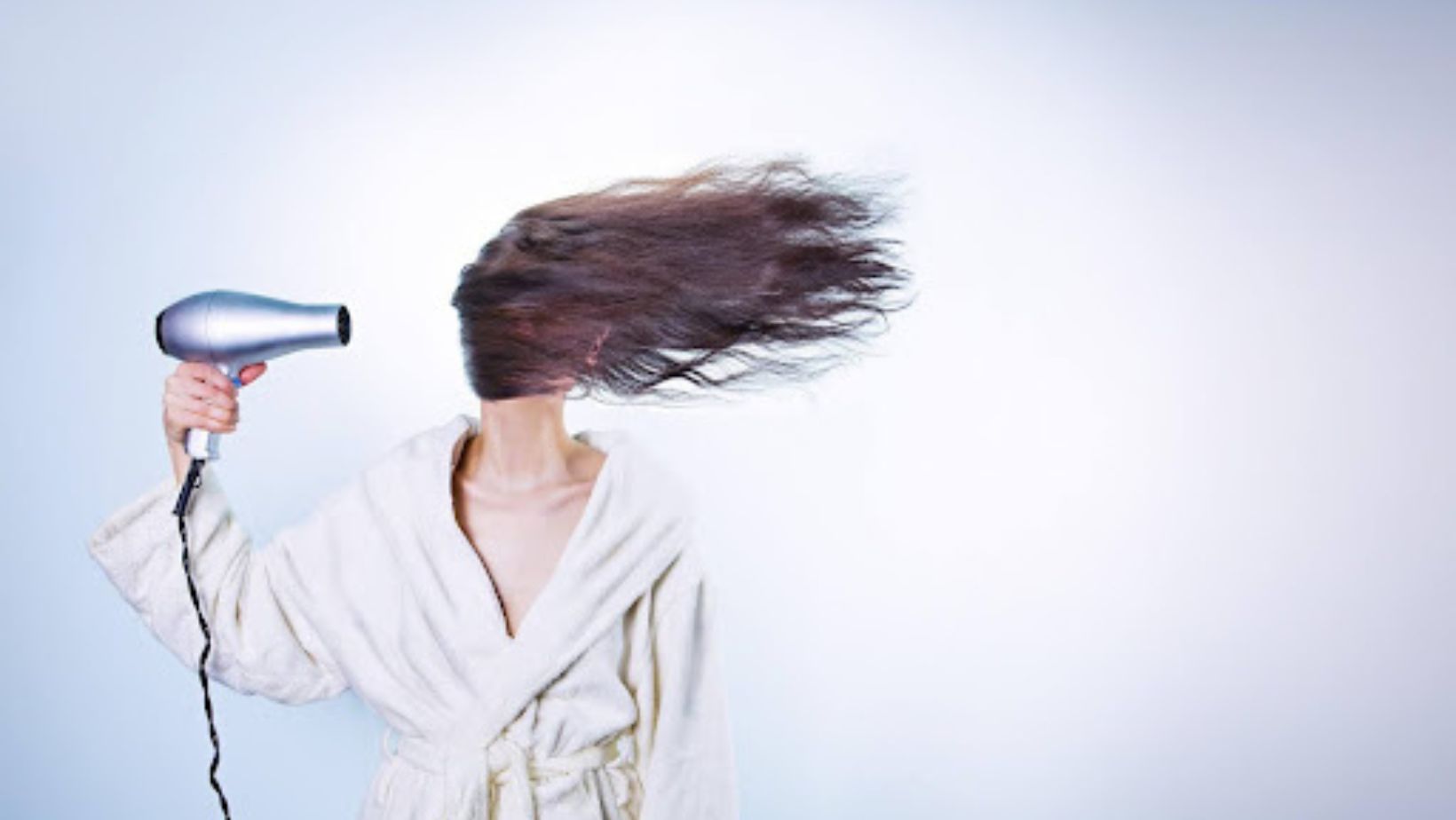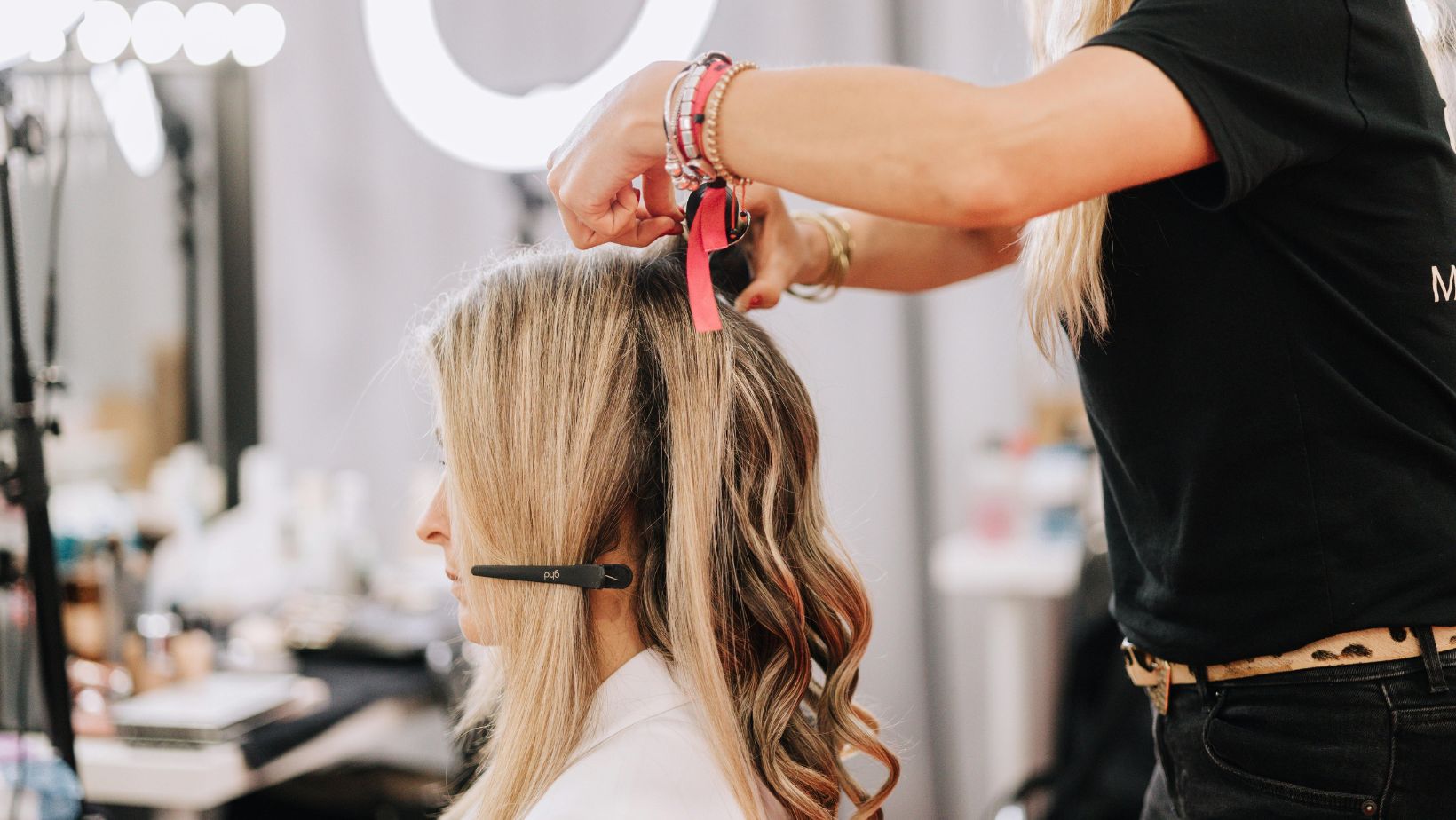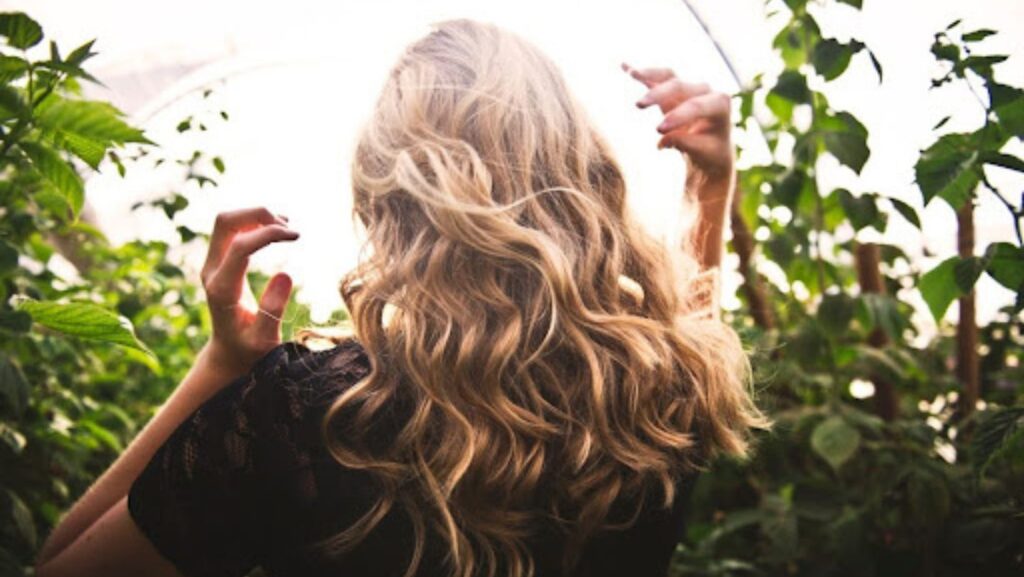Bleaching your hair at home can be a tempting alternative to salon visits. With the right knowledge and precautions, you can achieve stunning results without having to spend too much money. Keep in mind that the process comes with many challenges and common pitfalls. Whether you’re lightening your locks for a new season or simply looking for a change, knowing the dos and don’ts can save you from costly mistakes and damage to your hair.
Know Your Hair Type
Before diving into the world of hair bleaching, understand your hair type and its unique characteristics. Different hair types react differently to bleaching products. Fine hair tends to be more sensitive and may lighten faster than thick or coarse hair. If your hair has previously been colored, it may also affect the bleaching process, potentially leading to uneven results. 
Evaluate the condition of your hair. If your hair is already damaged or brittle, it may not respond well to bleaching and damage your hair further. Conduct a strand test on a small section of hair and see how your hair will react to the bleach. This preliminary test can help you plan appropriately and set realistic expectations.
Use Ammonia-Free Products
The most significant decision you’ll face while bleaching your hair at home is choosing the right products. Traditional bleach contains ammonia, which can be harsh and damaging to your locks. Ammonia is known to strip moisture from your hair, leading to dryness and brittleness. An ammonia-free hair lightener uses gentler ingredients to lighten hair and lessen the potential for damage. These products are mostly used for those with fine or previously treated hair.
Look for formulas that combine conditioning agents to keep your hair hydrated during and after the bleaching process. Making the right choice in products can improve the health of your hair, even as you lighten it.
Maintain Hair Health
Maintaining hair health both before and after bleaching will help you achieve a beautiful result. If your hair is fragile or damaged, consider deep conditioning treatments leading up to your bleaching session. Healthy hair will undergo the bleaching process more efficiently and withstand color treatments better.
After you’ve bleached your hair, take extra measures to keep it nourished. Use sulfate-free shampoos and rich conditioners to maintain your locks post-processing. Regularly apply protein treatments to fortify your hair against damage. Protecting your hair after bleaching can prolong the longevity of your color and keep it from becoming brittle and unhealthy.
Don’t Bleach Dirty Hair
Some may believe that bleaching dirty hair can protect the scalp from irritation. The truth is that applying bleach to dirty hair can yield disastrous results. The oil and products in unwashed hair can hinder the bleaching process and cause uneven color.
Dirt and product buildup may interact with the bleach, which results in unpredictable outcomes. To prevent scalp irritation and have effective lifting, always start the process with clean, dry hair. Wash your hair with a gentle shampoo 24 hours before bleaching to strip any styling products, but leave enough natural oils to protect your scalp. The bleach should work effectively and reduce the risk of skin sensitivity associated with scalp exposure to harsh chemicals. Avoid taking shortcuts; the extra time spent will save you from potential mishaps.
Don’t Over-Process Your Hair
Over-processing is a danger lurking for anyone who attempts to bleach their hair at home. It may be tempting to leave the bleach in longer to achieve a lighter hue, but this impulse may lead to irreparable damage. The chemicals in bleach continue to strip the natural oils and moisture from your hair, and overexposure can result in excessive breakage and dryness.
Stick to the recommended processing time for your specific hair type and color goals. If you are looking for a more gradual lightning effect, consider multiple sessions spread out over several weeks as a safer approach. Protecting your hair should be priority number one.
Don’t Rush the Process
Bleaching takes time and should never be rushed for the best results. Follow the product instructions regarding application and processing time, giving your hair the opportunity to lift gradually. Taking shortcuts can lead to disastrous consequences, including breakage, friction, or an uneven finish.
Be patient when checking the color during processing. Waiting an extra five to ten minutes might be necessary for achieving even lighting, and this small change can make a difference in your results. Remember that healthy hair is more important than speed, so allow enough time for the bleach to work its magic.
Bleaching your hair at home can offer remarkable results if performed with care and attention to detail. Thanks to these simple tricks, you can minimize risks and achieve the look you desire. Enjoy the transformation that comes with a new hair color by following these dos and don’ts for a safer and more stunning result.
